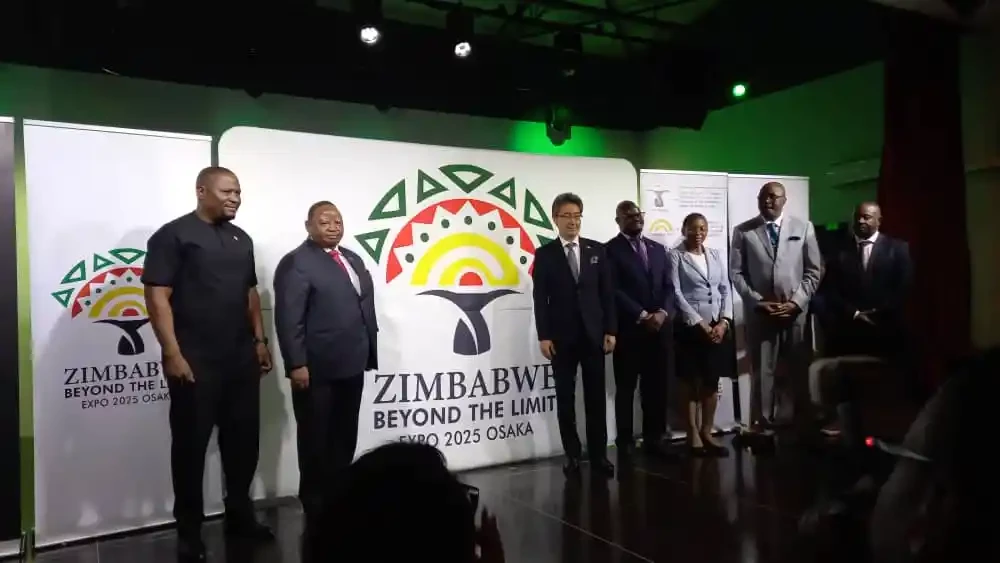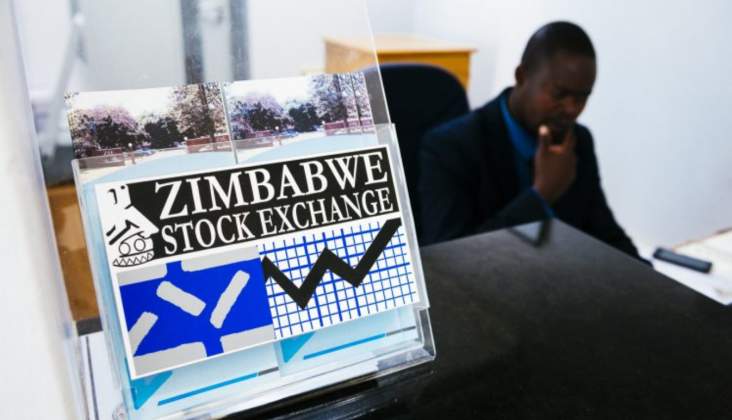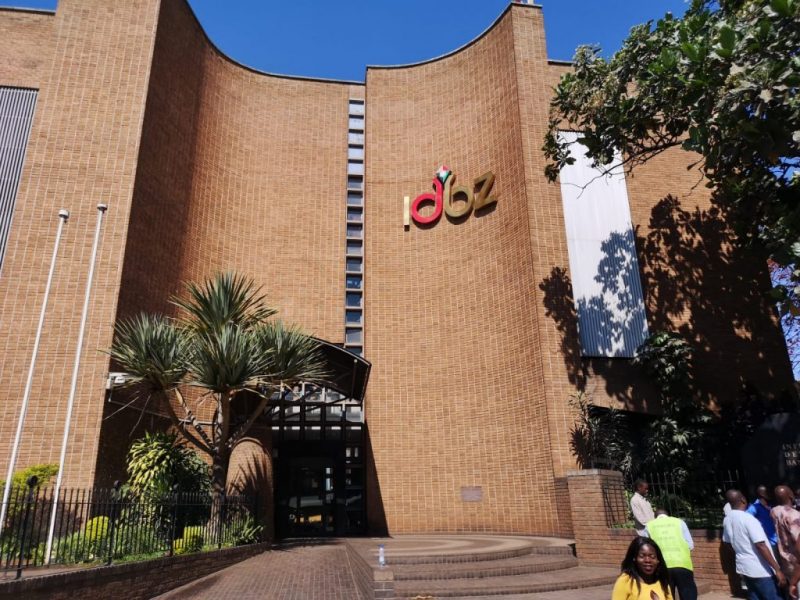ZiG scarcity pushes currency to 11pc gain in five days
The local currency, the Zimbabwe Gold (ZiG), has been steadily appreciating against the US Dollar this week, recording its first-ever positive run since its devaluation in September 2024.
The new currency opened the month trading at ZiG 28,6829 per dollar and on Thursday (yesterday) officially opened at ZiG 25,6907, the best ever start to a month with an 11,65 percent gain against the greenback in the first 6 days of November.
Given the trend in the last few days, the local currency is likely to have firmed again by the close of trading yesterday.
The rally has taken place amid a scarcity of the local currency in circulation, which has affected both the official and parallel markets. Notably, the ZiG has strengthened for five consecutive days, closing at ZiG 28,6829 on November 4 before rising to ZiG 25,6907 per dollar as it opened on November 7.
In parallel markets, where rates are typically higher, the ZiG also saw improvements, trading at ZiG 35 per dollar, down from ZiG 40 last Thursday.
Traders in the parallel market cite a significant drop in the availability of the local currency as a critical driver of its strengthening.
“The local currency has become increasingly difficult to find. With demand high and limited supply, the ZiG is gaining on the dollar,” said one trader, who spoke on condition of anonymity due to the sensitive nature of market activities.
According to the RBZ Governor, Dr John Mushayavanhu, the strengthening of ZiG on the market reflects the impact of the recent monetary policy measures to contain exchange rate and inflation pressures in the economy, which included the tightening of the monetary policy stance by simultaneously increasing the bank policy rate and statutory reserve requirements.
“The combined effect of these measures has significantly reduced ZiG liquidity in the market, thereby generating appreciation pressures for ZiG as reflected in the recent exchange rate developments.
“As you may be aware, the obtaining daily interbank exchange rate is calculated as a weighted average of exchange rates of actual trades that would have occurred on the day. The RBZ’s role in interbank foreign exchange trade is basically statistical which involves gathering statistics, calculating a weighted average exchange rate and sharing with the market in pursuance of market guidance,” he said.
The central bank confirmed that there have been substantial portfolio shifts in the foreign exchange market as some economic agents unwound from their foreign exchange positions in favour of local currency to meet domestic obligations.
The president of the Bankers Association of Zimbabwe (BAZ), Lawrence Nyazema, when asked about the goings on the foreign currency market gave a rather lukewarm answer suggesting that it is more to do with the tight liquidity stance in the economy.
“In my view, opportunities of clearing lower as trades come, because the market is feeling the pinch of ZiG shortage so you settle for less, or whatever is offered so to speak, for the market with real need for ZiG,” Nyazema said.
Economists have also argued that the appreciation of the ZiG is more to do with the shortage of the local currency, but some argue that this is what should be done in a normal economy.
Dr Prosper Chitambara, an economist noted: “The appreciation of the ZiG due to currency shortages is a short-term symptom rather than a sign of a strong economy. While the scarcity of the local currency can create temporary upward pressure, this does not necessarily reflect true economic fundamentals, such as increased productivity or sustainable fiscal policy.”
He then added that relying solely on a shortage to drive appreciation can actually distort markets and lead to even greater economic instability.
Sentiment is that for a genuine and stable appreciation, Zimbabwe needs to address underlying issues like inflation control, investment in local industries, and long-term currency confidence.
Raymond Madziva, a banker added that, “In a normally functioning economy, currency stability is indeed desirable and often reflects a balance of demand and supply for that currency. However, artificially induced scarcity of the ZiG as a means of driving up its value is risky.”
A shortage might support appreciation temporarily, but this does not translate to economic health. Instead, it could push businesses and consumers toward alternative currencies if they find it challenging to obtain the ZiG for everyday transactions.
Sustainable currency appreciation should ideally result from strong economic fundamentals rather than temporary scarcity.
The Governor added that, “This is expected to continue in line with the increased wider use of the local currency mainly to meet Government-related services and other transactions in the economy.
Resultantlly, there have been numerous episodes when the banking sector could not even take up all the foreign exchange offers from the Central Bank during its market interventions.”
Meanwhile, Bloomberg quoted RBZ Deputy Governor Innocent Matshe saying authorities want its gold-backed currency to float freely on the foreign exchange market.
Without disclosing when this would happen, Dr Matshe said: “The idea is to have price discovery that is not interfered with by administrative measures.”
“The endgame is a floating exchange-rate which is free from interference.”
The switch from the current system, where the central bank sets a daily price and permits incremental day-to-day changes, will be determined by market developments, said Dr Matshe. He gave no timeline for implementation, according to Bloomberg.-ebsinessweekl










